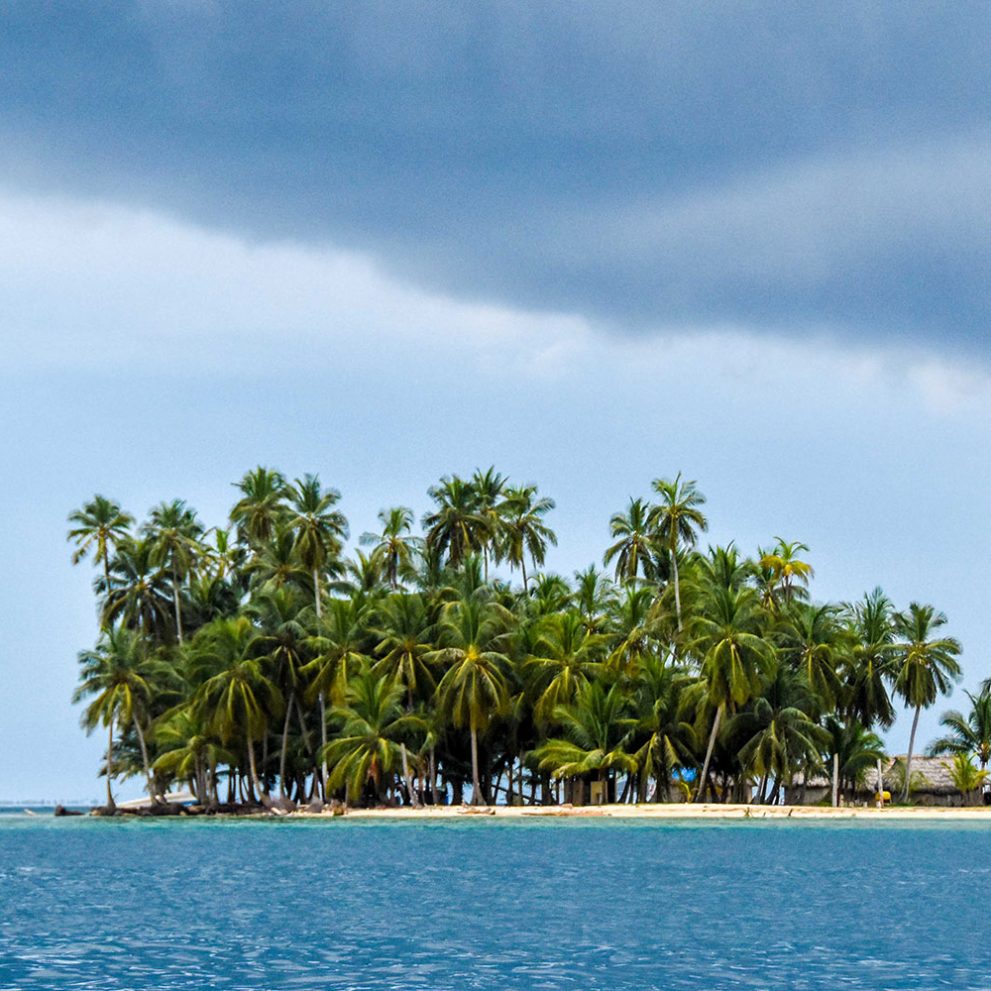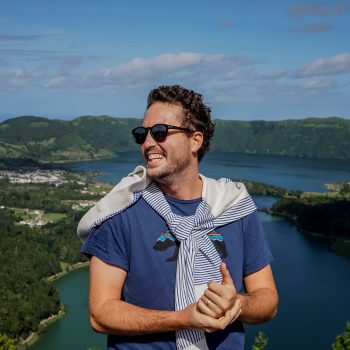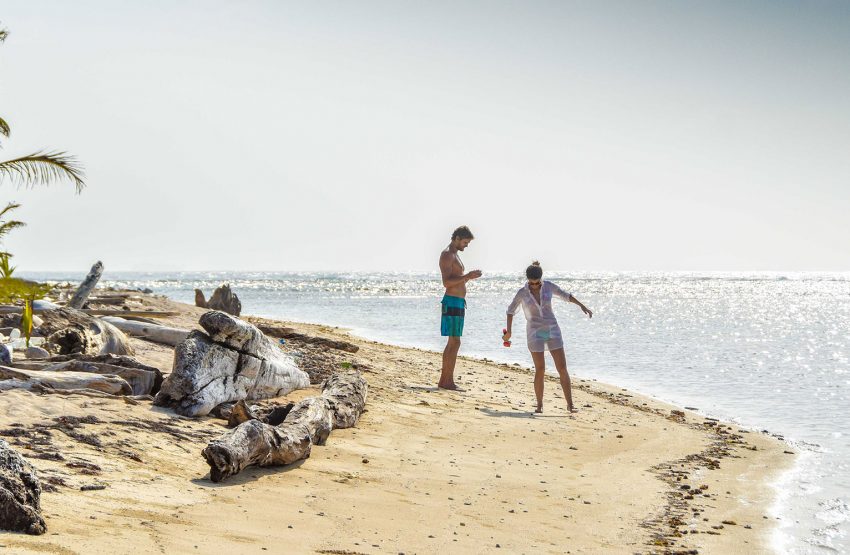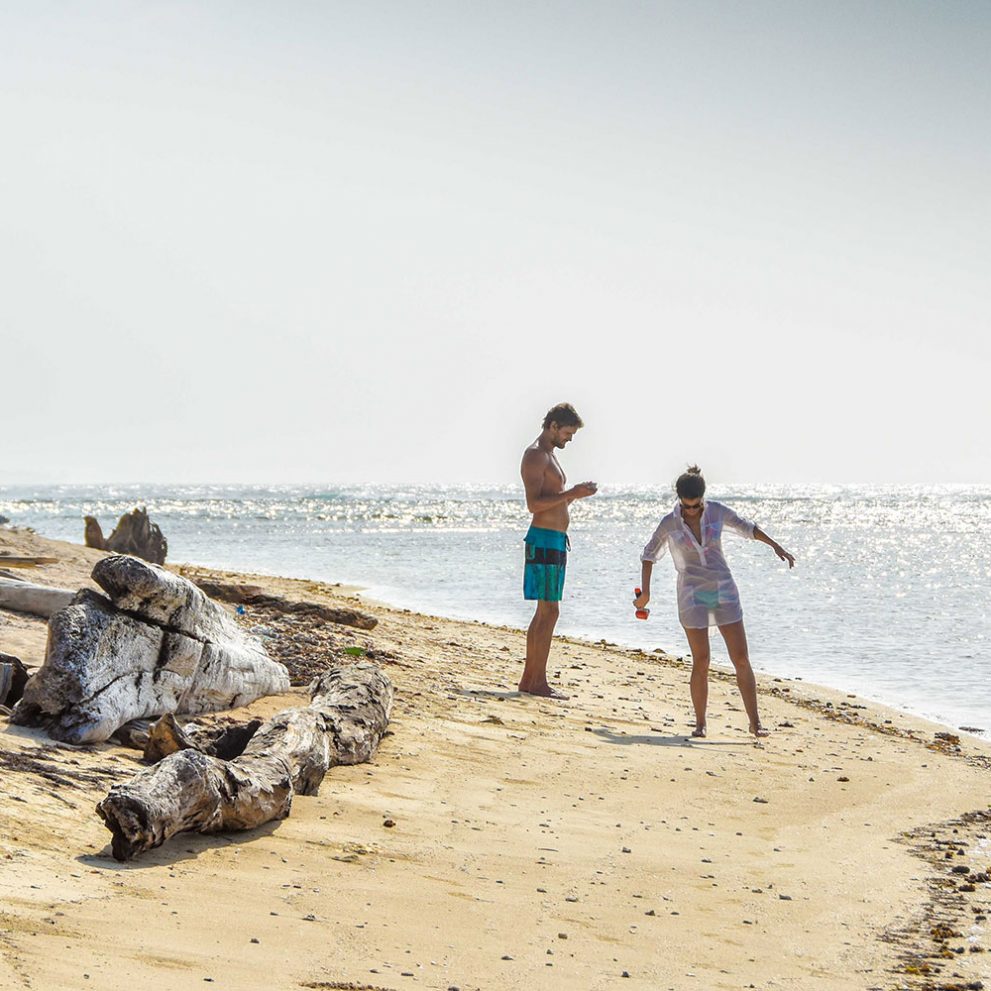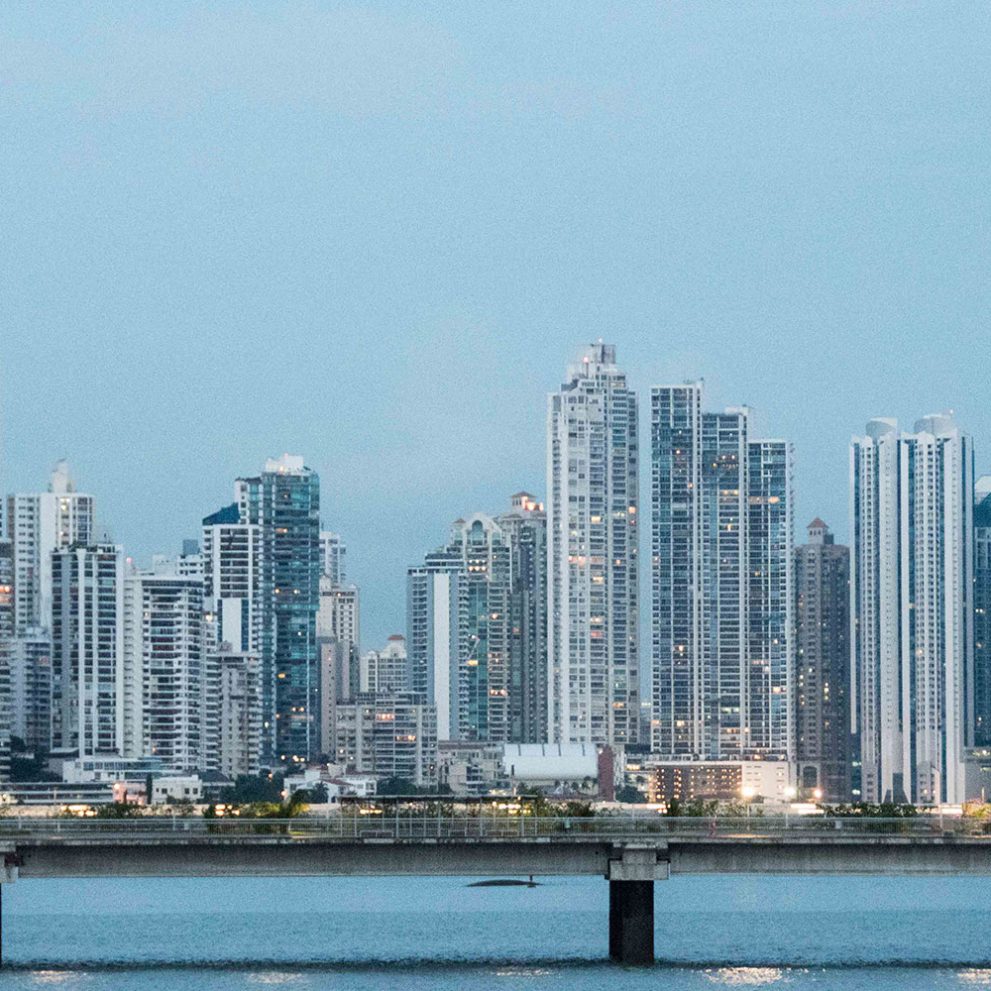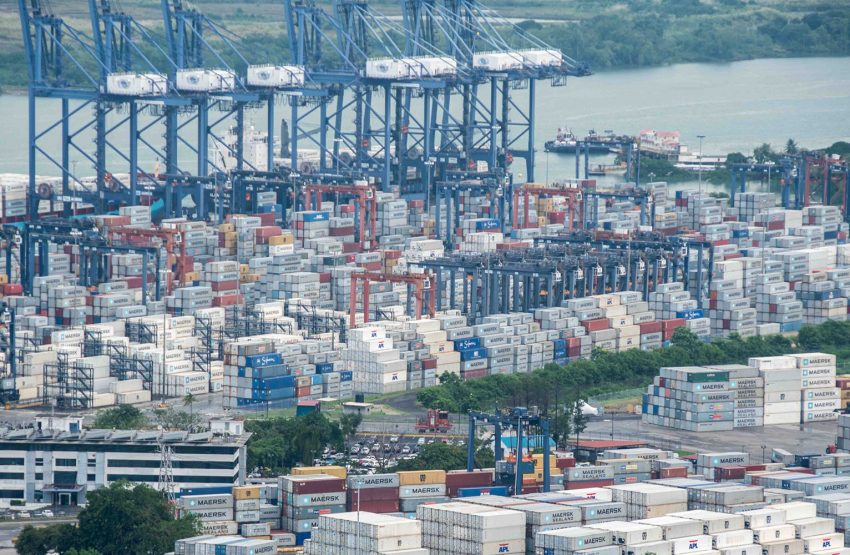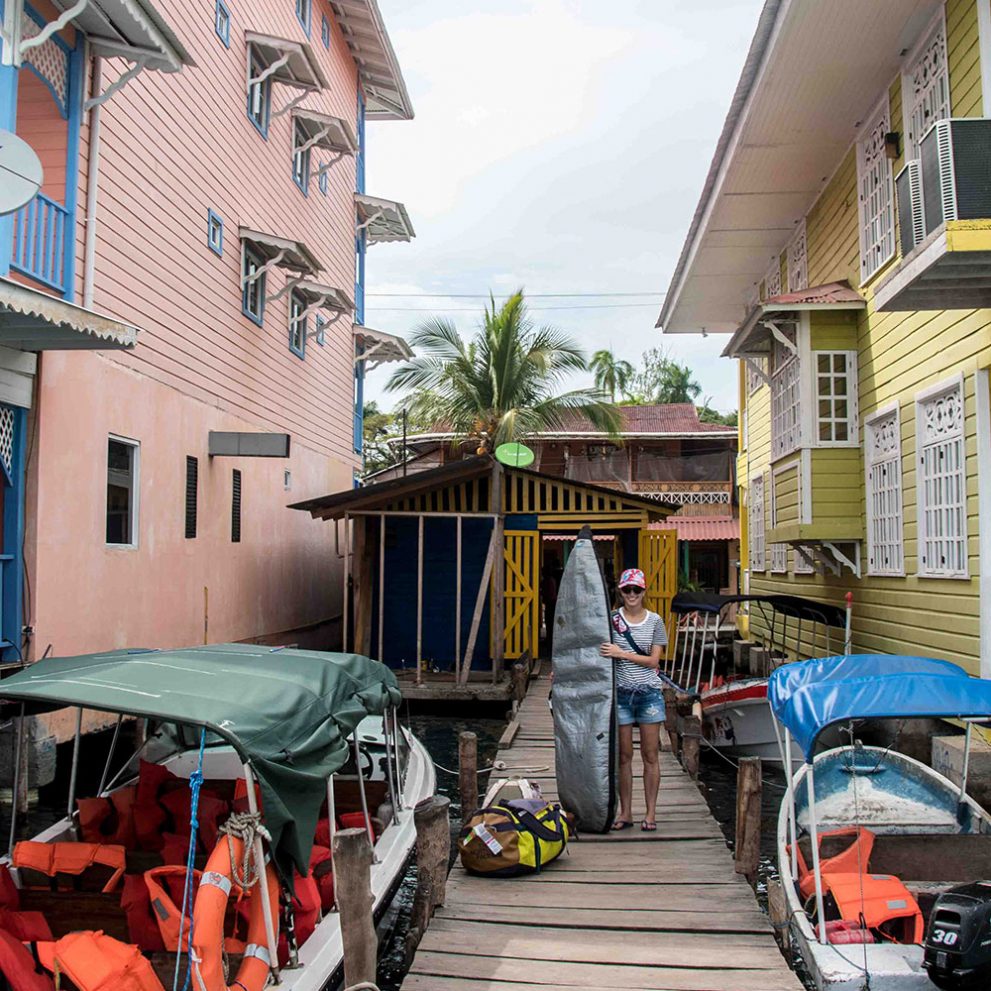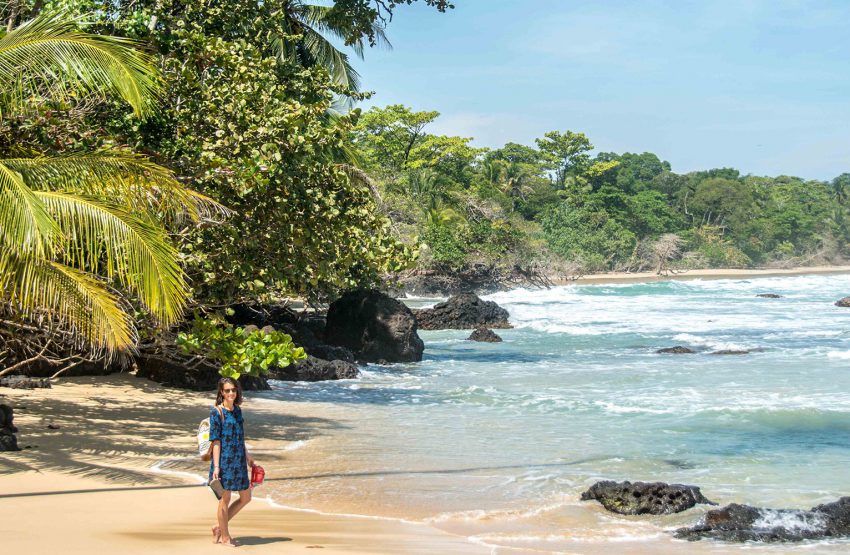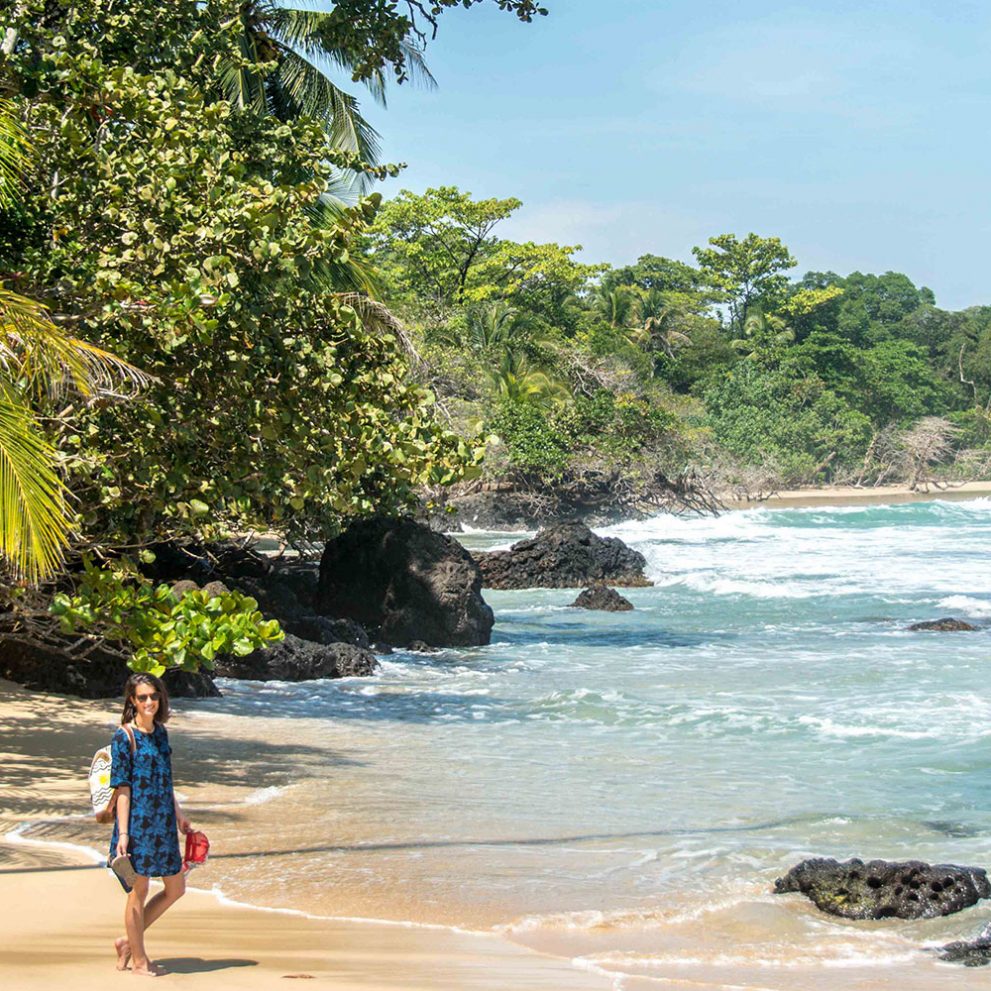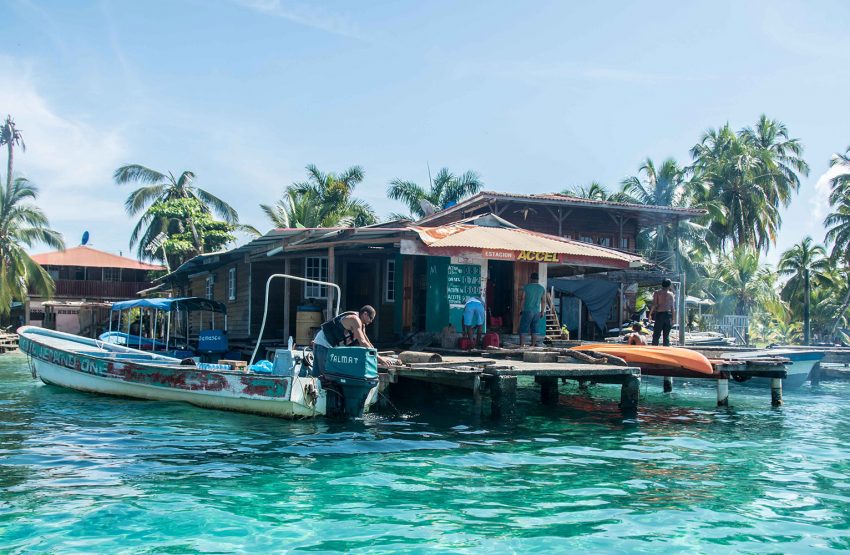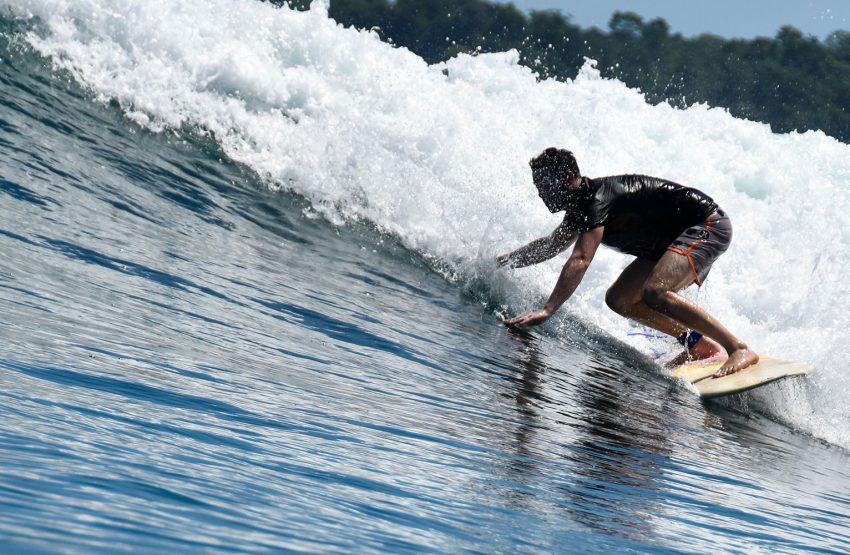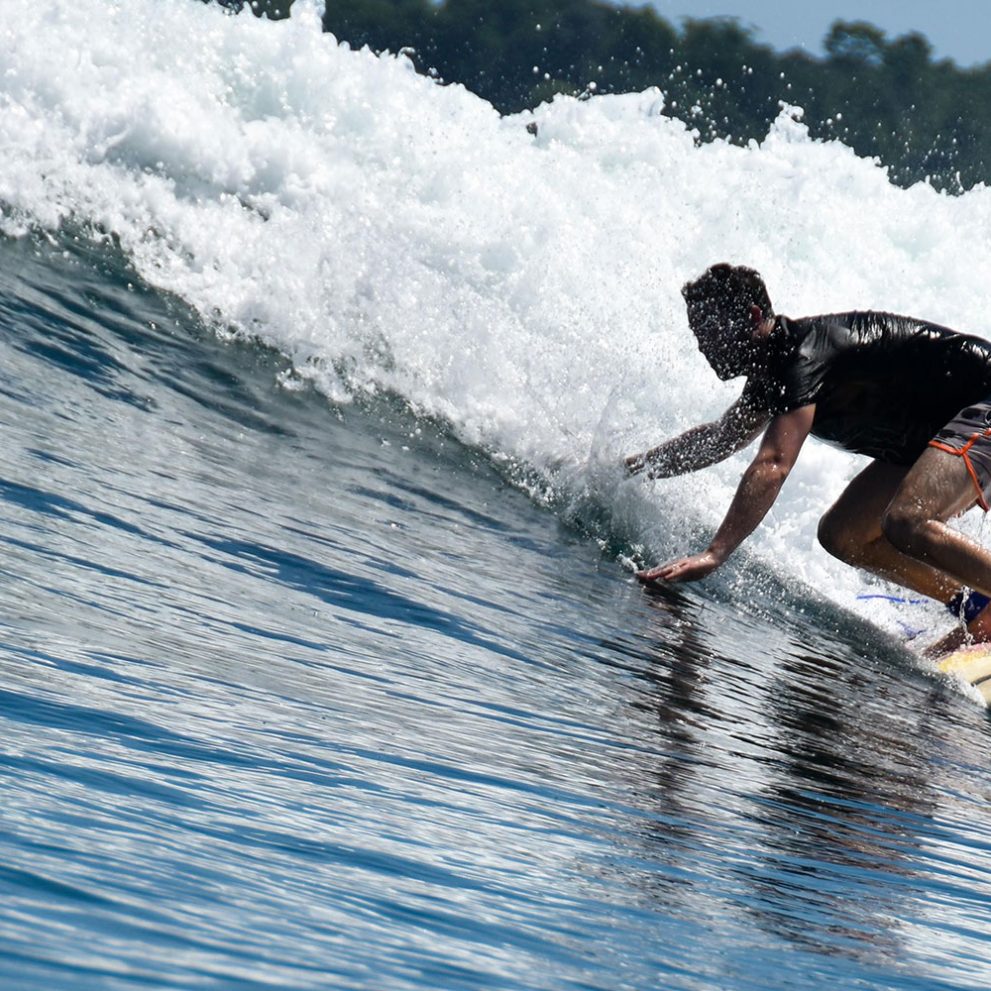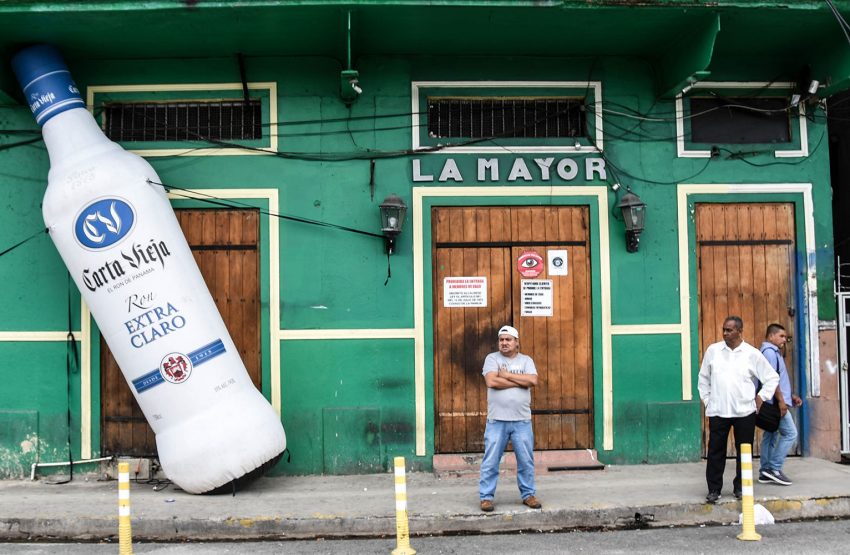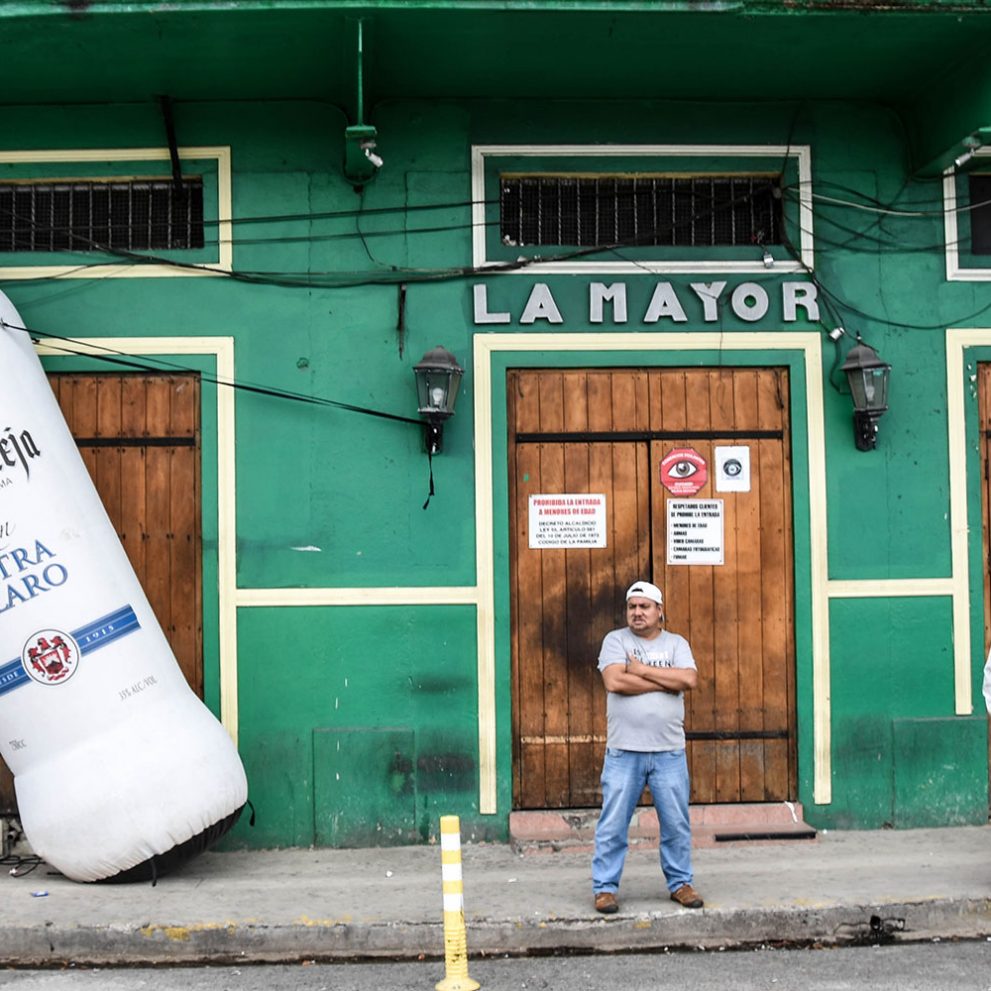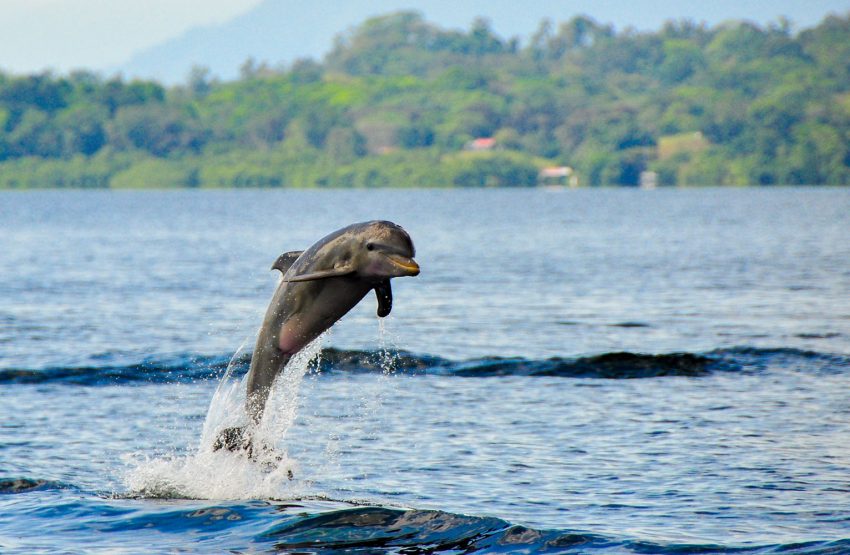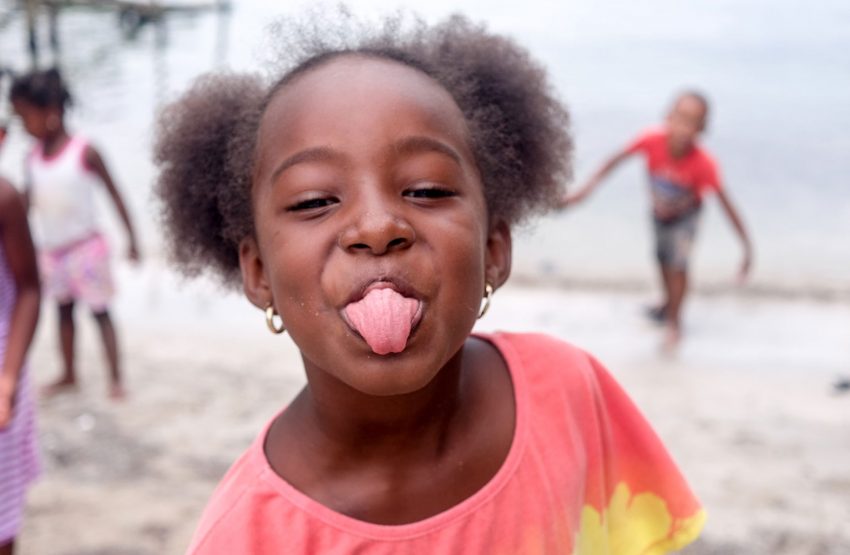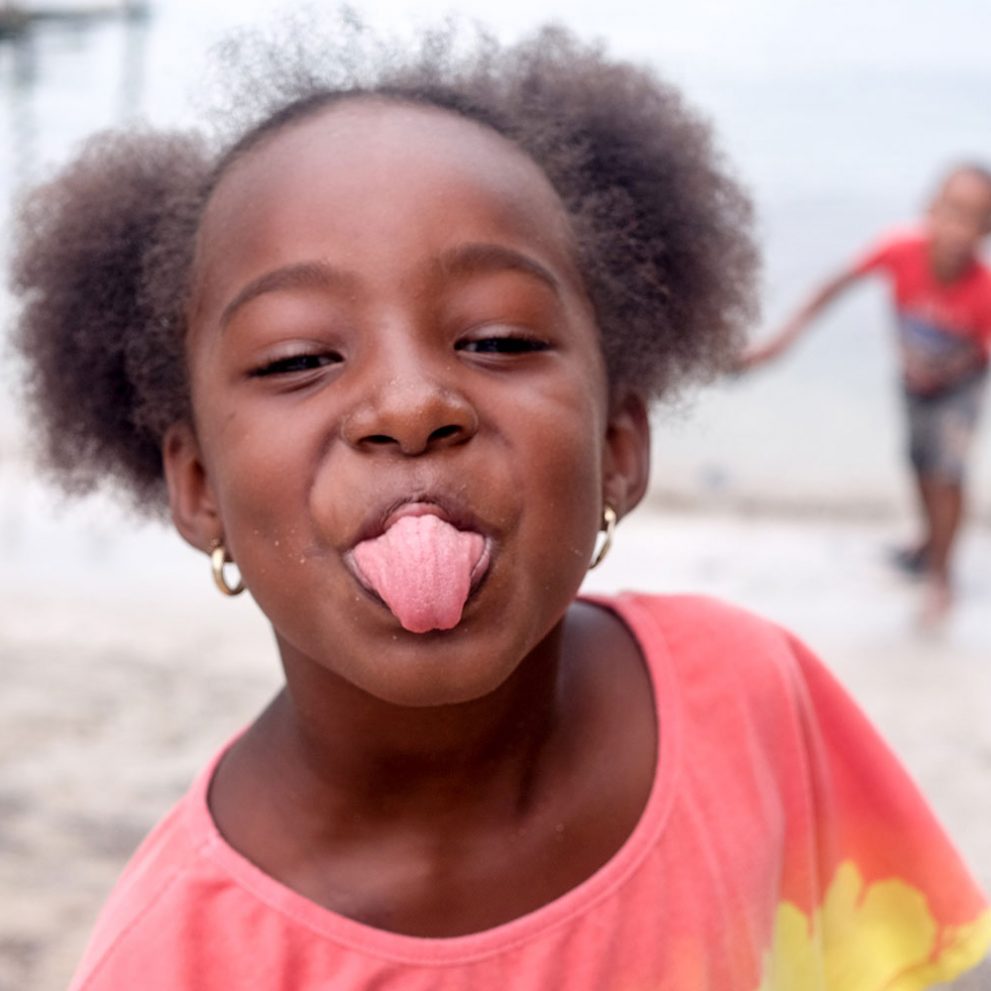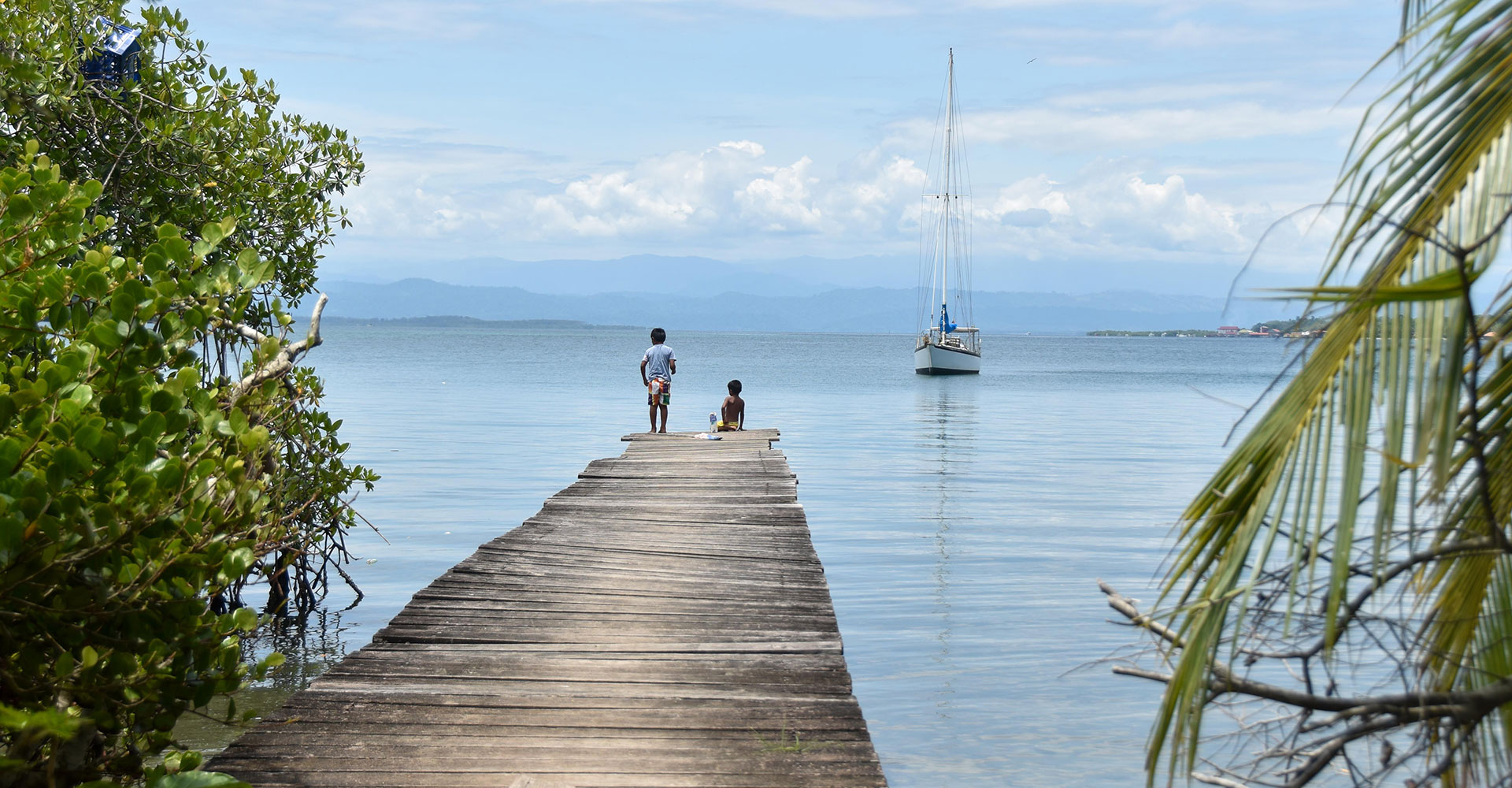
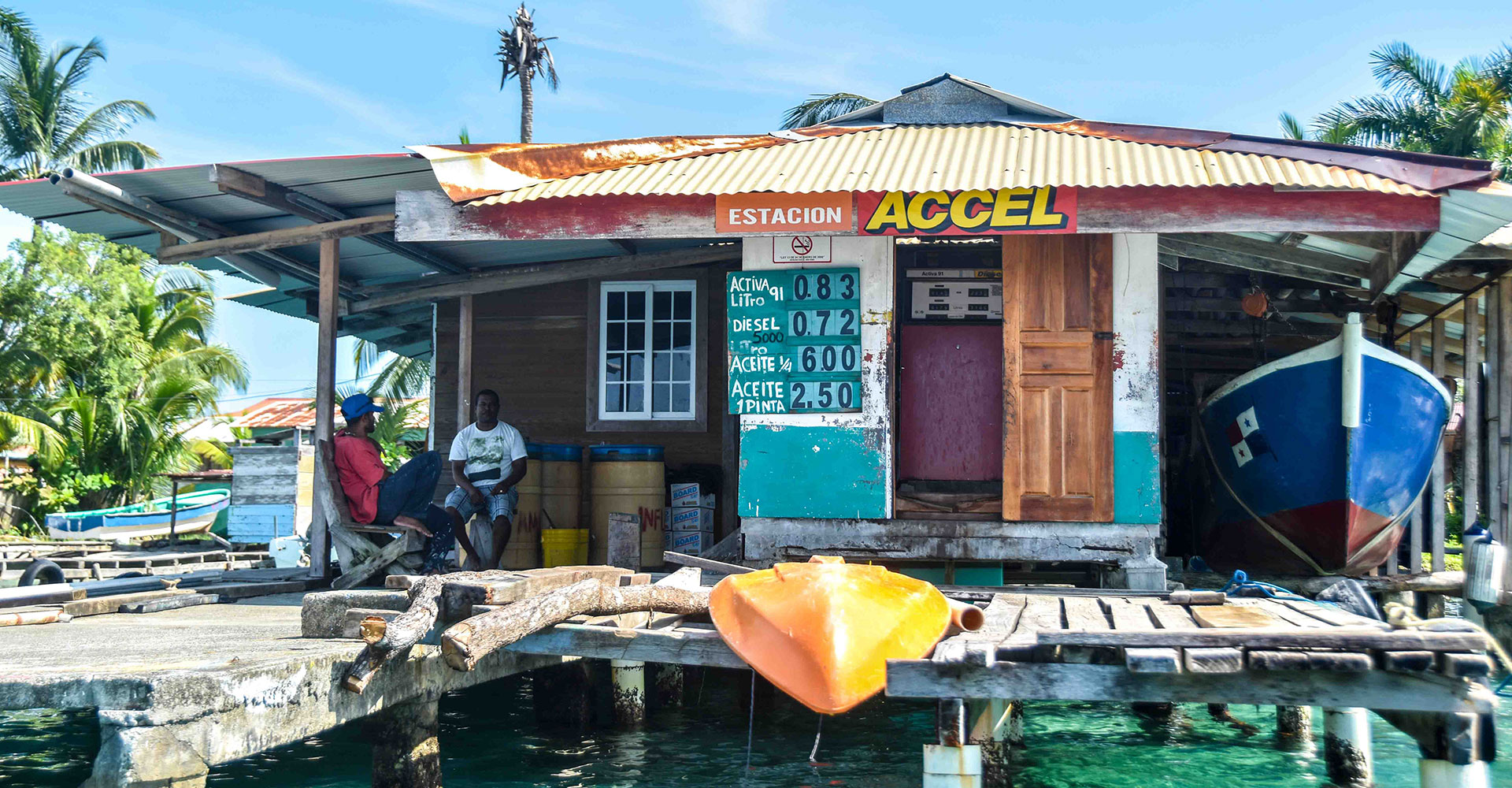
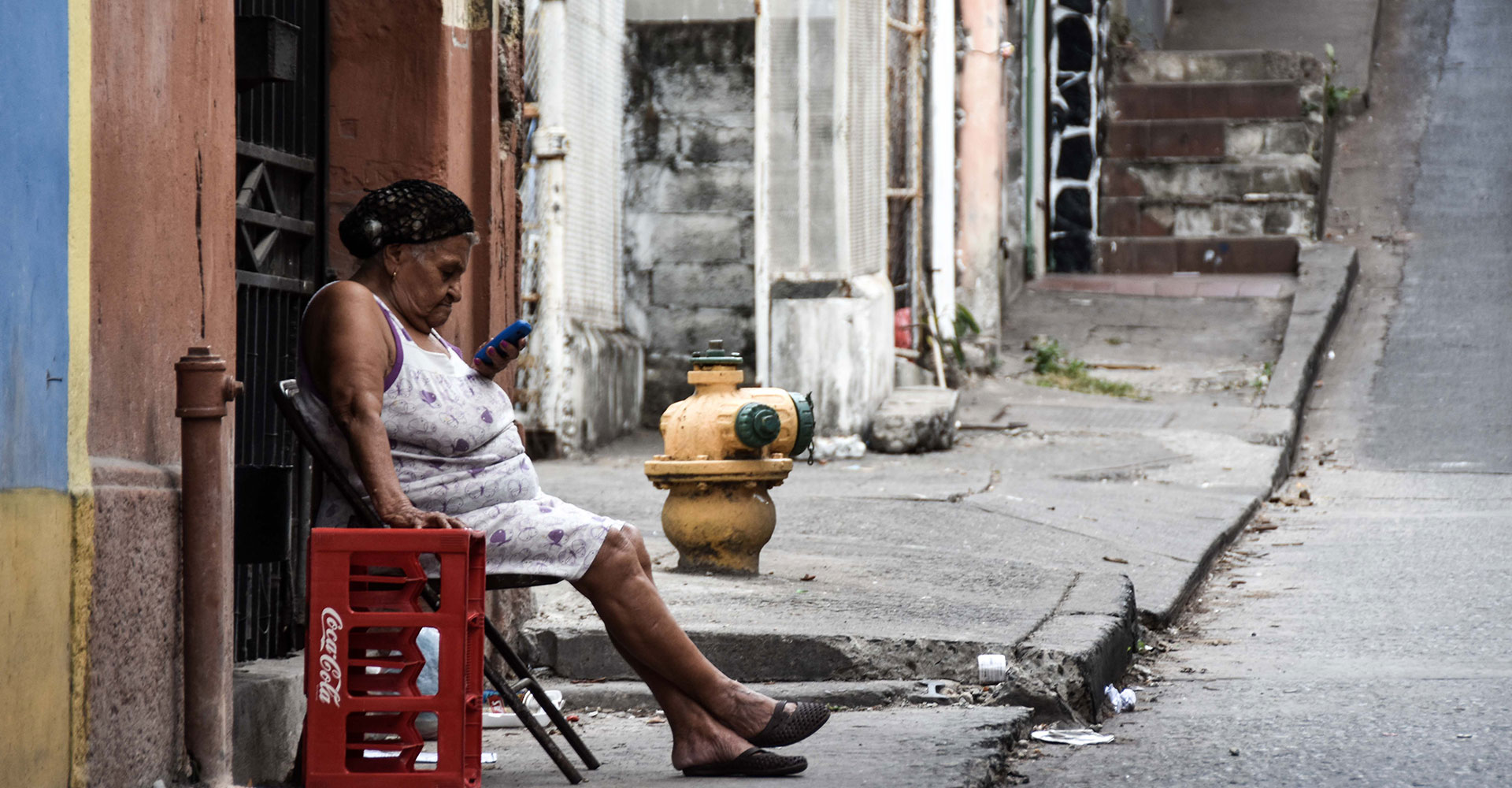
As a travel agency, we travel professionally and are always on the lookout for better and better destinations, but we chose Panama completely by accident, because of a discount flight ticket. The purpose of this type of discovery trip is to visit all the places that seem exciting, and then to put together a perfect itinerary from the best ones and add it to our selection as a permanent destination. In Panama, after nearly a week, it still seemed like we weren’t going to organize a trip here. Then the tides turned and everything changed, and Panama has been one of our most extreme destinations ever since…
HALFWAY BETWEEN NORTH AND SOUTH AMERICA
Panama City is a very interesting mix halfway between North and South America in every way. The downtown / business district is a kind of Miami with glass skyscrapers and a tidy oceanfront walkway. And the old town is similar to the coziest parts of Havana, with cool rooftop bars, music schools and beautiful squares. And this direct fusion of the two cultures gives the city a very unique overall picture. Nowhere have I seen such a fast food selection as in the food court of one of the malls, but a block away the fish bakeries are already competing with each other and measuring the divine ceviche in a plastic cup with a ladle. You can check the city – the Canal included – and accommodate in 2 days, though Panama is a capital with the most diverse flora in the world, there is even a tropical rainforest.

LOCAL SPECIALITIES
Then we headed off to surf on the Pacific coast, but we can’t really recommend that part. Driving is also not for the faint of heart. I’ve driven in many places from India, through Georgia, through Morocco to Indonesia, but nowhere was I as scared as here. You can even spot cowboys on horseback on the side of the six-lane highway, while gigantic American trucks overtake each other in the inner lanes in a tropical storm. The coast is not particularly beautiful, but it is popular with locals who gather around pickups, drink beer from the cooler box, grill chicken and listen to local hits. It’s not necessarily a bad party, but we weren’t invited and nobody really seemed to be happy with our presence.
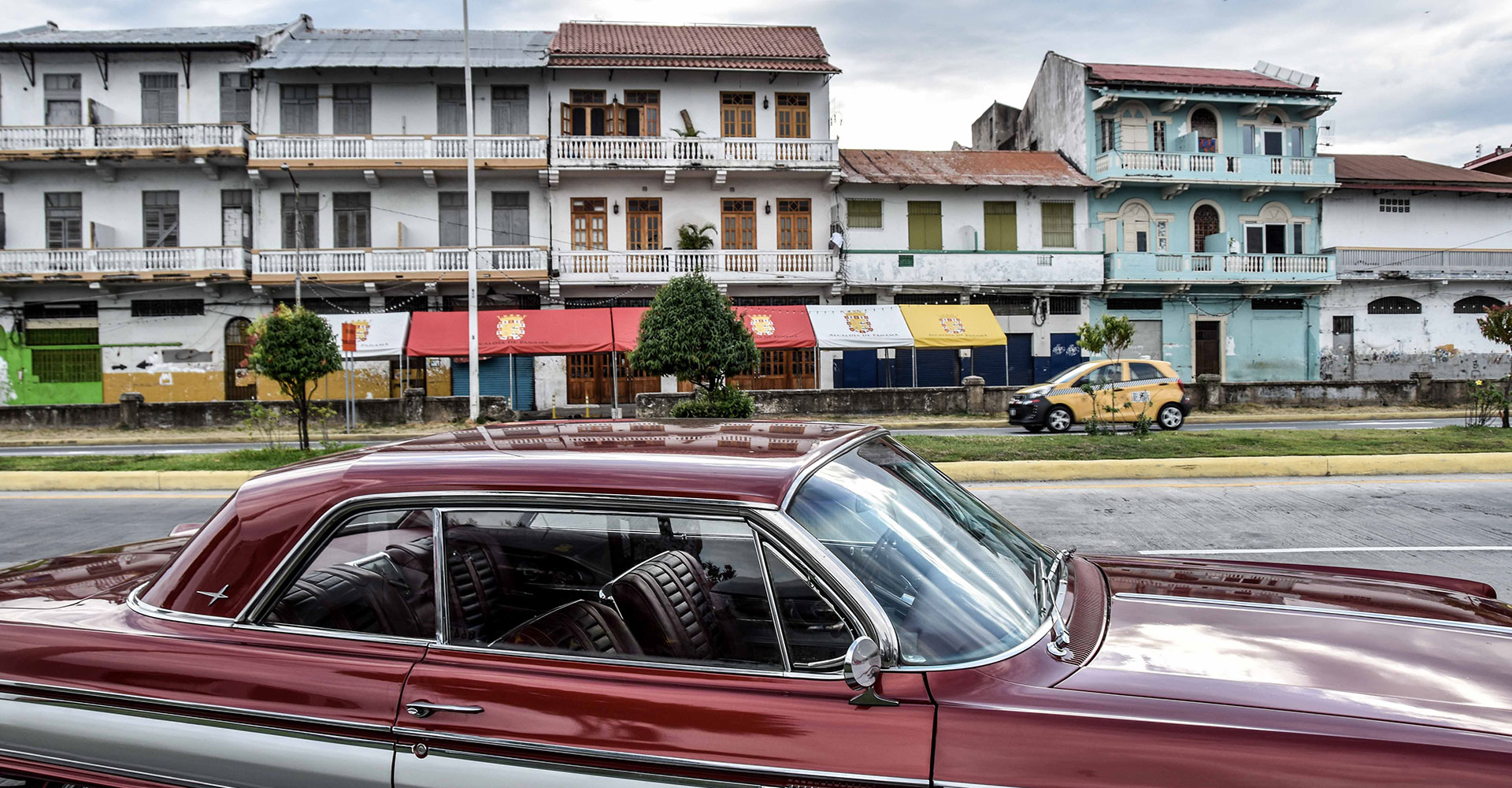
MOUNTAINS AND SMALL ISLANDS
A little disappointed, we went on to Boquete on the Costa Rican border, which was recommended by all the locals. As it turns out, its uniqueness lies primarily in the fact that it is located relatively high and is much cooler than in most parts of the country. By the way, if you’ve been to the Alps, the Andes, or any other more serious mountain range, it won’t be worth traveling to Panama just because of Boquete and its surroundings.
Our last hope on the Caribbean side was the Bocas del Toro archipelago. We were riding in the canals between the mangrove forests on a hydrofoil and as soon as we arrived on the main island we felt we had found why we came here. We were greeted by colorful wooden houses on stilts, Jamaican-style English-speaking black locals, and amazing nature. Between the 9 islands you can take a speedboat taxi, each restaurant, bar and accommodation has its own pier. You can get a taxi on the pier practically around the clock. There are flashy starfish, rays and dolphins in the turquoise blue transparent water, the dolphins sometimes bouncing past ships as if posing directly in the air. Several islands have never been ridden by cars, there are no concrete roads, and beyond the local population of a few hundred people, there is only a lush jungle with sloths around and hummingbirds sucking nectar from orchids. The dense rainforest is separated by a thin strip of white sand from the vibrant blue sea. In November this year, we return to the most paradisiac island, Bastimentos, to spend a week at a fully self-sufficient, off-grid resort to surf and fish among the islands every day.
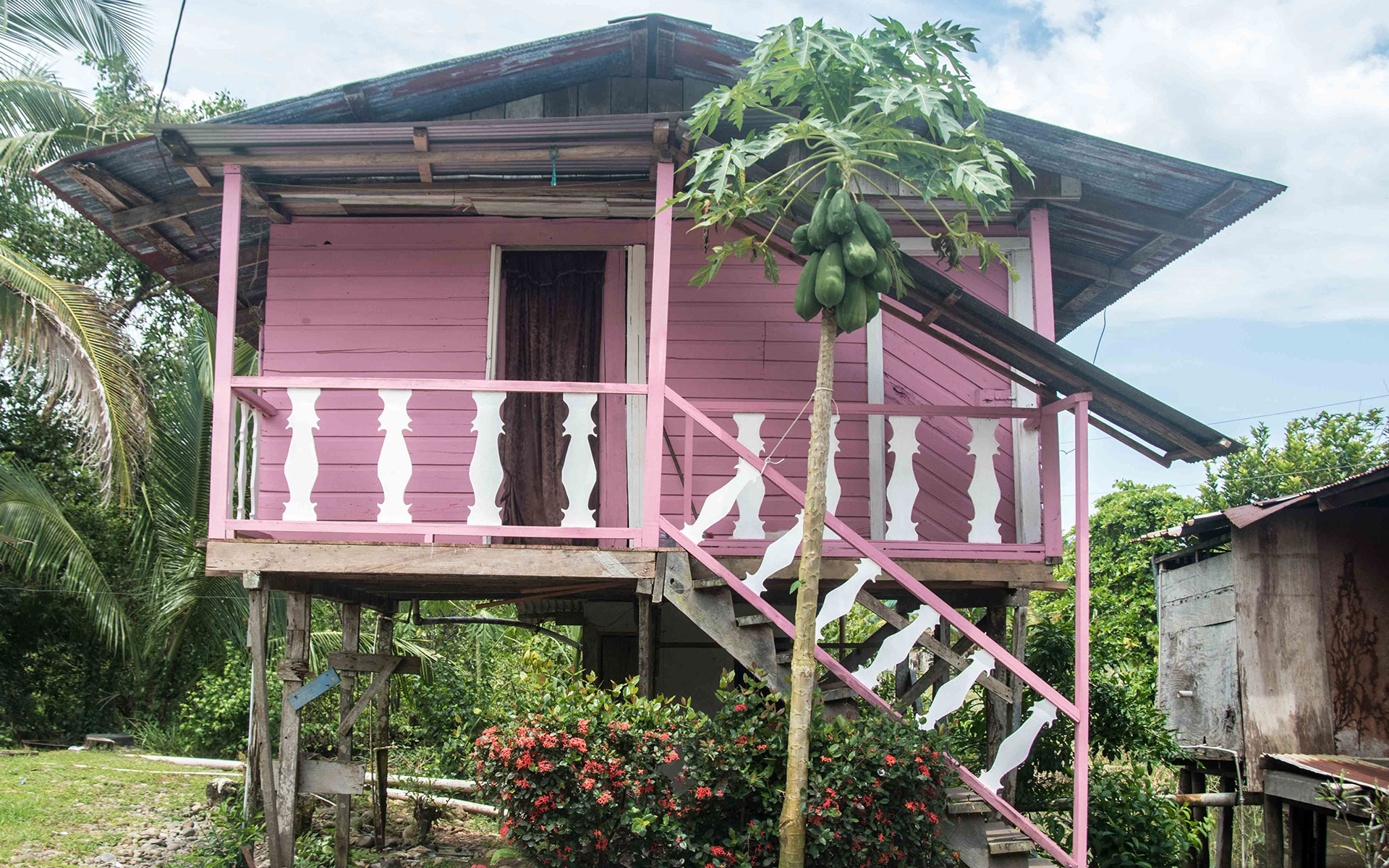
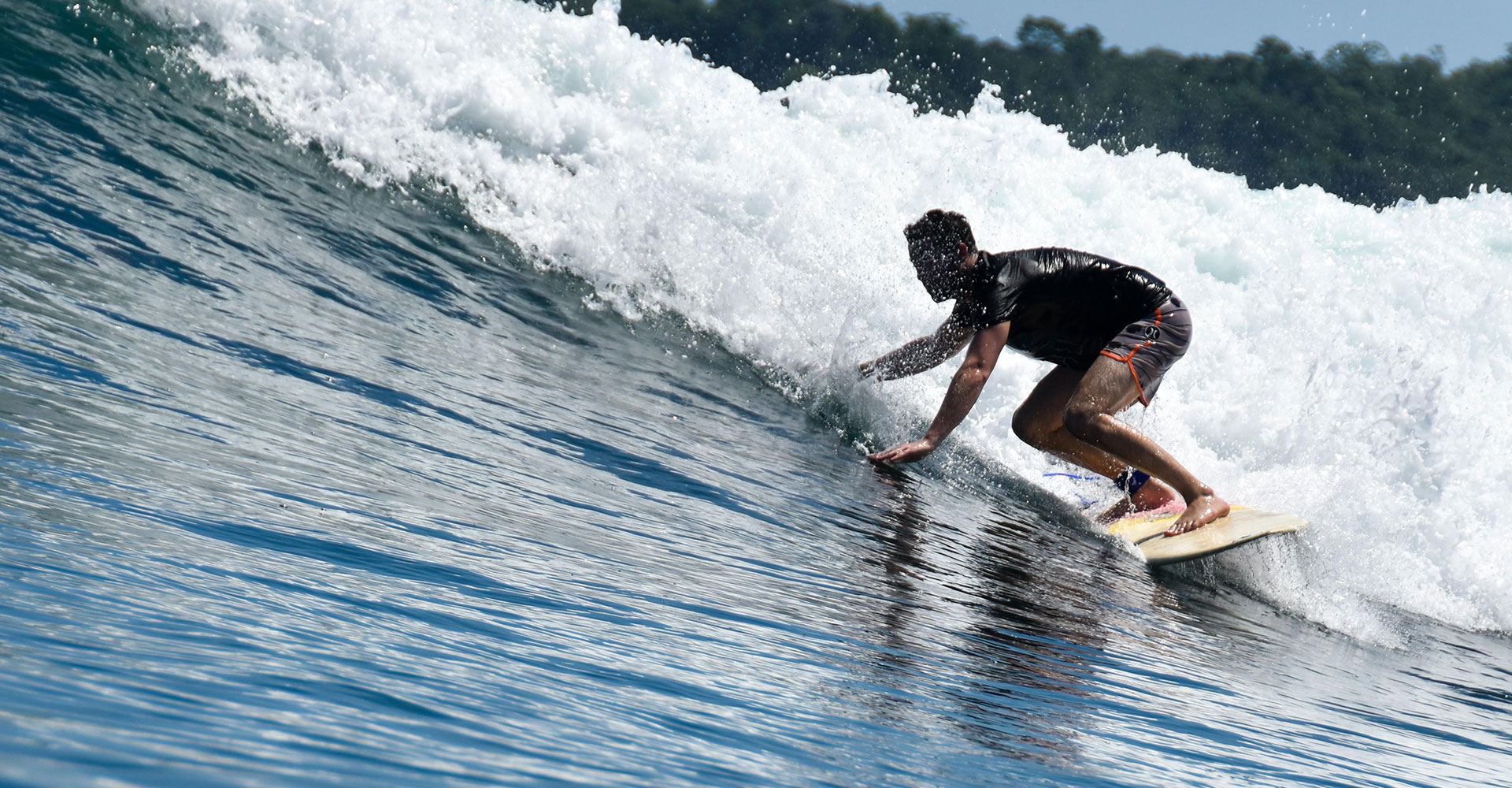
LEAVING PARADISE FOR ANOTHER
Bocas del Toro convinced us that there is something for us in Panama, although part of our journey in the other end of the country was still ahead of us. The San Blas archipelago on the Colombian border has been on our minds ever since our arrival. We saw 2-day organized trips here offered by many local travel agencies, but we wanted to discover it for ourselves, although everybody tried to talk us out of it. After reading many blogs, experience reports, and travelogues, we finally got started. This part of the country is the least populated and underdeveloped, and the Colombian-Panamanian border is inaccessible to foreigners on land. A significant problem is the drug trade, which is being curbed by a serious military presence. And the area is under the exclusive control of the Kuna Indians.

ONLY 49 OUT 365 ISLANDS ARE INHABITED
We’ve been driving in a rainforest already for some time on a single-lane concrete road when we arrived at a border booth. From here, everyone who doesn’t arrive by SUV will be turned back and this is also the point where you have to pay tax to the Kunas, which is quite a lot, in 2016 it was $ 40 per person. From here we went for another hour in the dense jungle on a road that made the off-road rule completely understandable. Arriving at the port, you have to pay again. For parking, the harbor, the boat, entering the archipelago and of course to the sailors. There are always two sailors: the driver sits in the stern, while someone in the bow of the boat constantly checks the water and is showing with hand signals where to navigate between the reefs that are full of water. Out of the 365 islands, only 49 are inhabited, the rest are uninhabited. We had no idea which one we were going to, but it didn’t seem that important. On the sandbars that stand out only 1-2 meters from the turquoise blue water, a couple of palm trees and a couple of wooden cottages are the only signs of civilization, yet we felt like we had never seen anything more beautiful. The operating system Windows also had a default wallpaper that was photographed here.
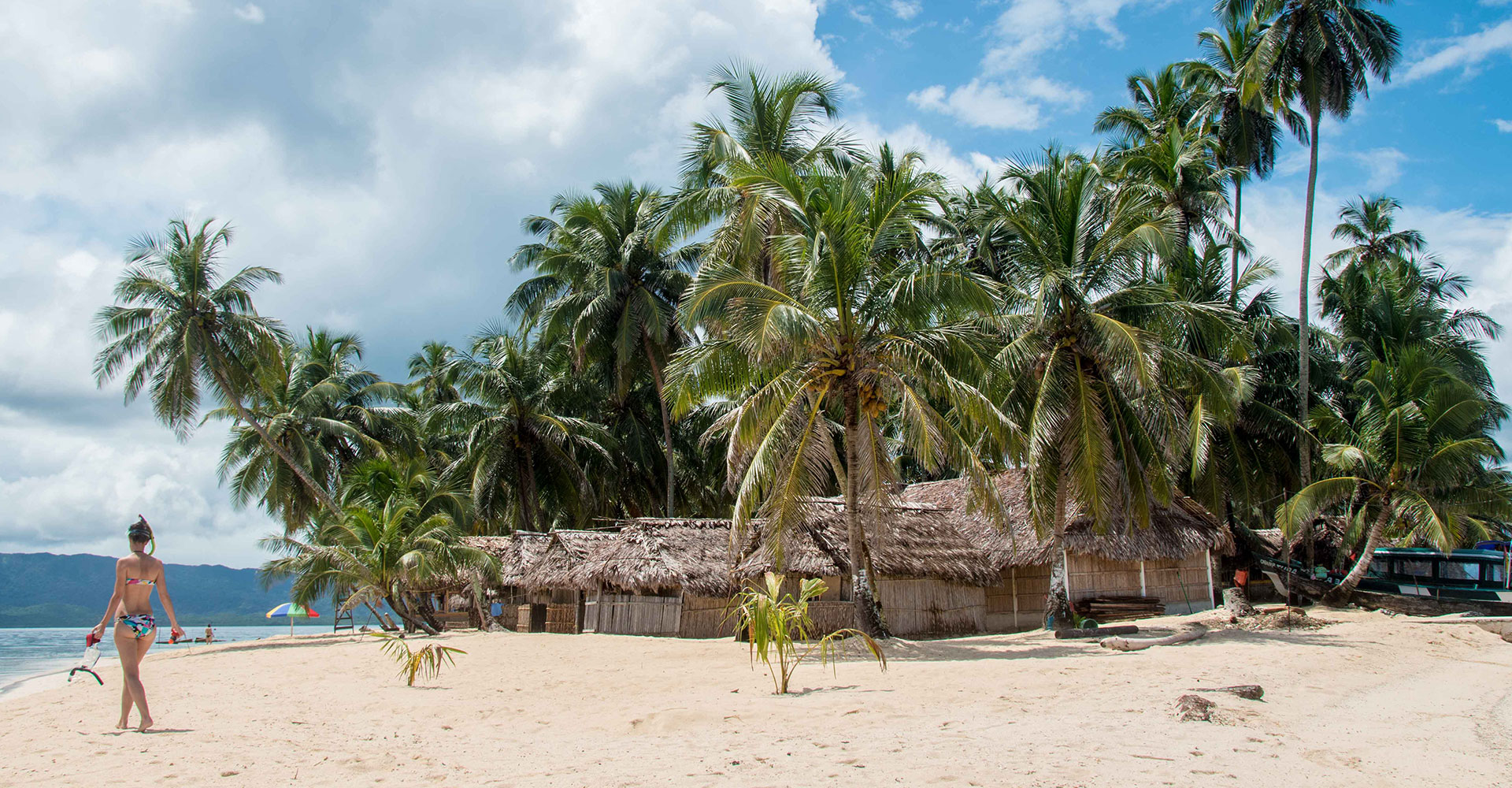
This amazing environment is shocking especially because there are hardly any tourists.
Navigation between the islands is extremely difficult, the countryside is also almost inaccessible on land and the local community is very reserved. There is constant political tension between the government and the Kunas, and being at the entrance to the world’s busiest cocaine smuggling route only makes matters worse. For a long time after our visit, no foreigners were allowed into the area at all, and then they have been hermetically isolated from the outside world again since the outbreak of the COVID epidemic. Although the facilities are unparalleled, it is still very far from being the next Maldives, and we are quite happy about that.
The original article appeared on drivemagazine.eu.

